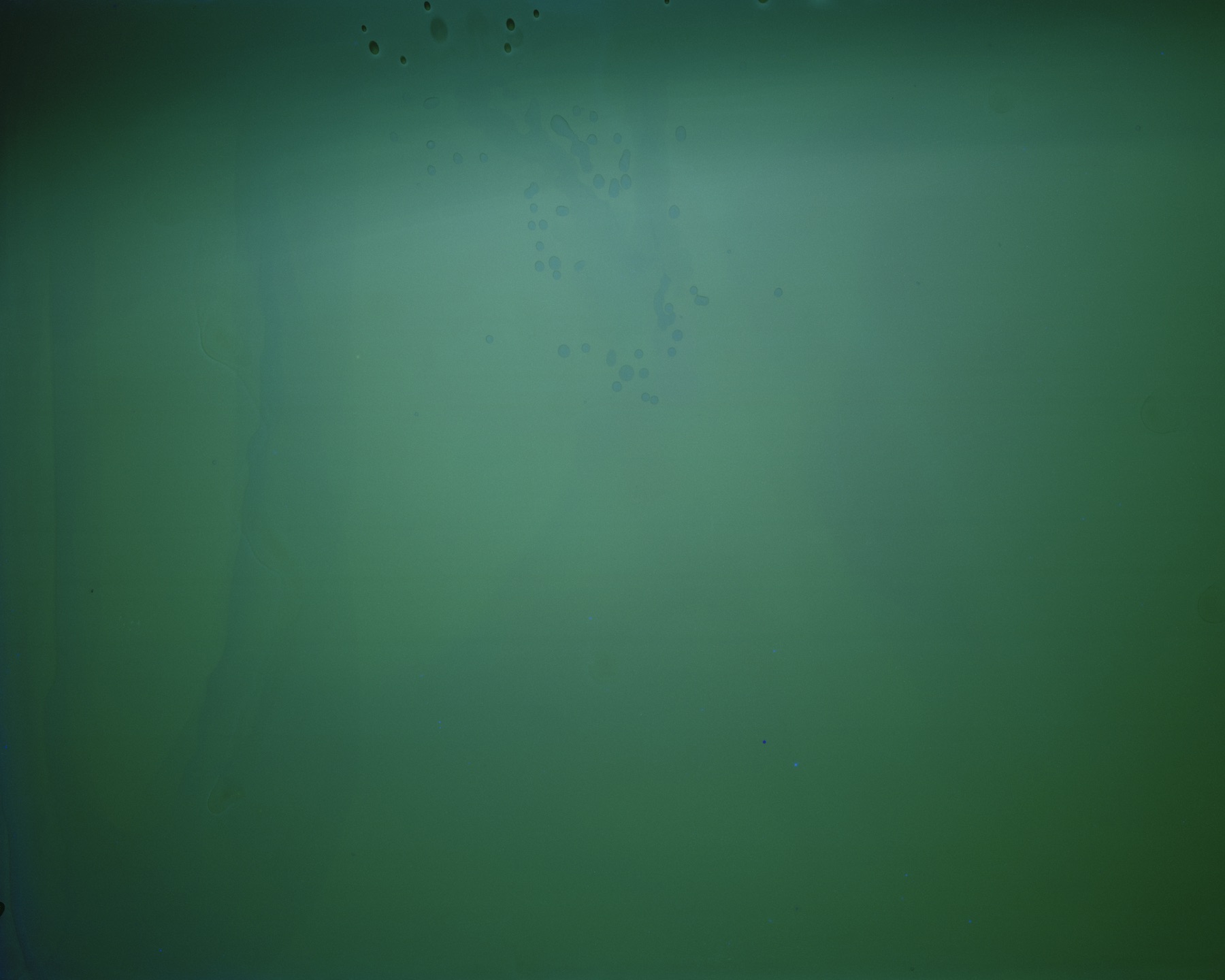
Underwater Pinhole Photograph 108 x 135 cm
In a kayak, we paddle into the North Sea, away from the land. I have a pinhole camera and some 5x4 film backs packed in a watertight plastic box. Beyond the rocks and the now miniaturised harbour I prepare the camera. The sea is calm but out here there is no shelter and even the slight breeze chills wet hands, cramping them with cold. I take a meter reading; 30 seconds at ƒ64. Double that four times, an estimate to compensate for the loss of light below the surface. I clip a weight to the camera’s base and a long line to its top which in turn connects to a makeshift plastic buoy. Clamp in the film back, remove the dark slide and the apparatus is set. Starting the stopwatch I remove the shutter and let go, watching the camera slowly sink, releasing occasional bubbles until it disappears from view. The unseen pendulum of the camera pulls tight on the line connected to the buoy and it swings away from the edge of the boat. We are both in motion, drifting.
In 1856 William Thompson and his friend Mr Kenyon, rowed out into Weymouth Bay from the tent that stood on the beach as a makeshift darkroom. They took with them a camera sealed in a glass fronted wooden box with a heavily weighted shutter to close it to the light. They lowered it into the sea until the rope went slack as it came to rest eighteen feet below the surface. Pulling on the line that communicated with the shutter, they opened it and waited.
Light and water move into and through the camera, wetting the photographic plate and the image it is producing. The apparatus becomes immersed, adrift in itself between the single point of the aperture and the continuity of the image as it forms.

The Worlds First Underwater Photograph. William Thompson 1856. Contact print from wet collodion plate. 5x4 inches. Photographed by John F. Brown, 1985.









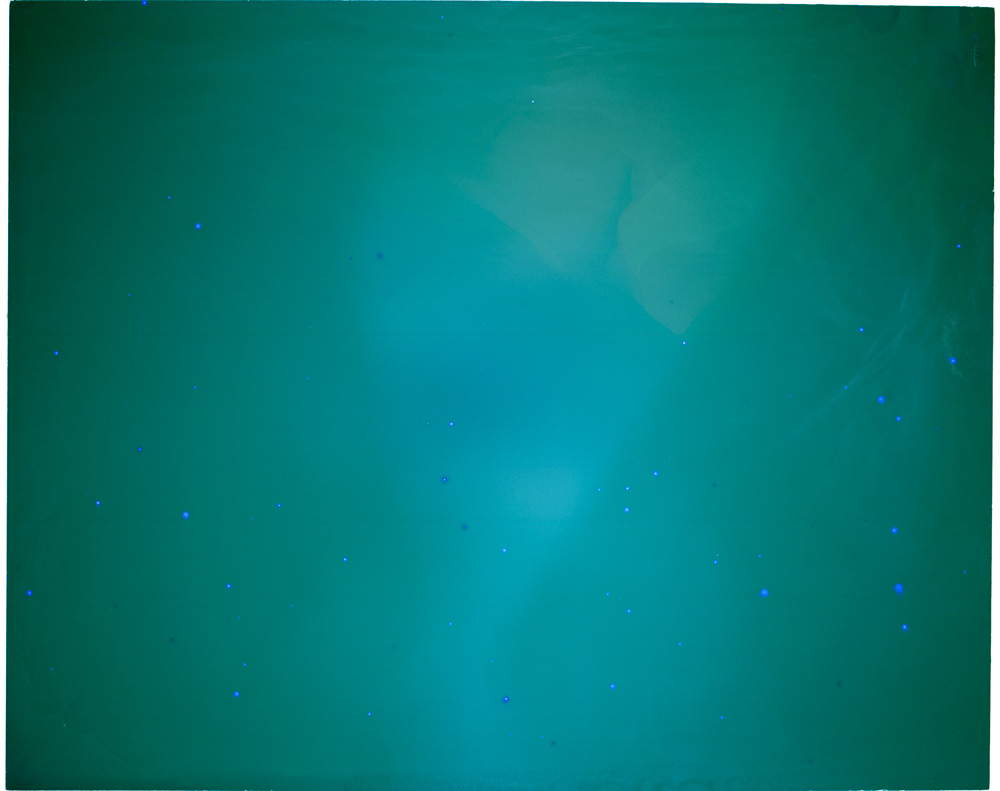
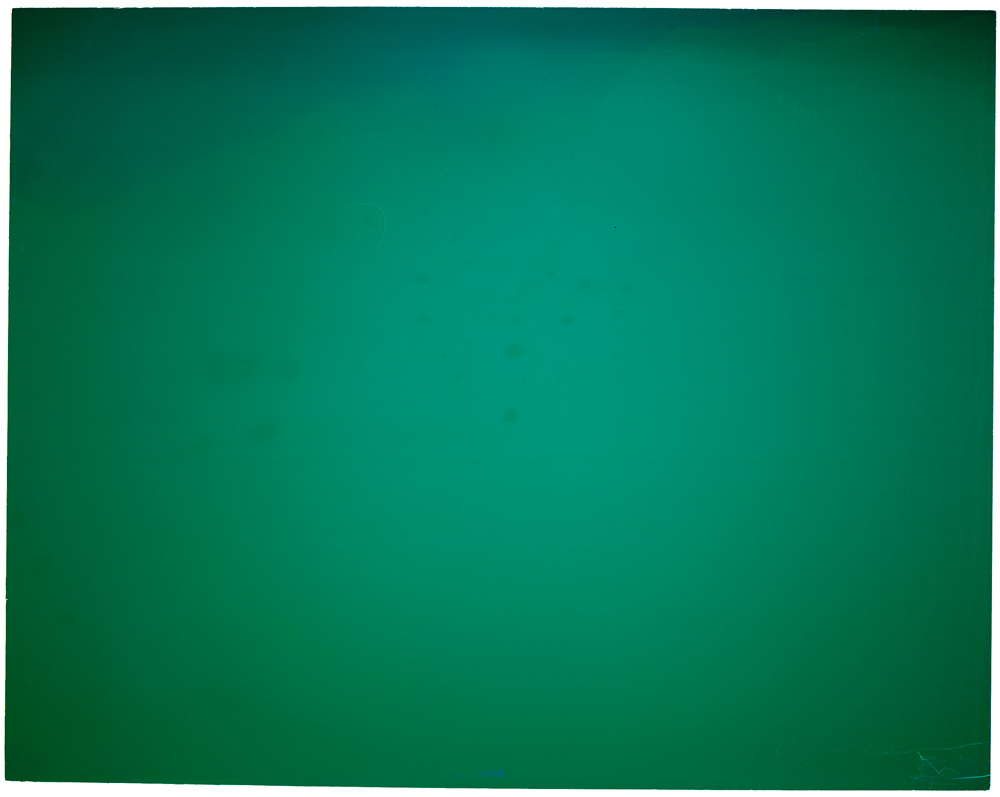
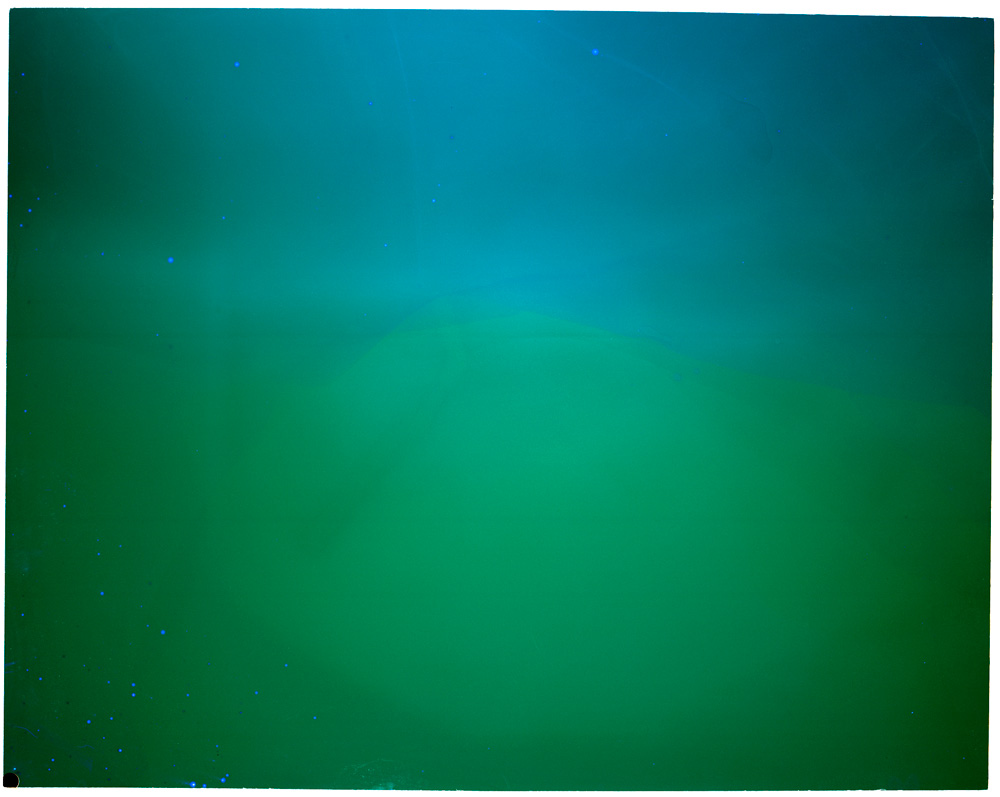
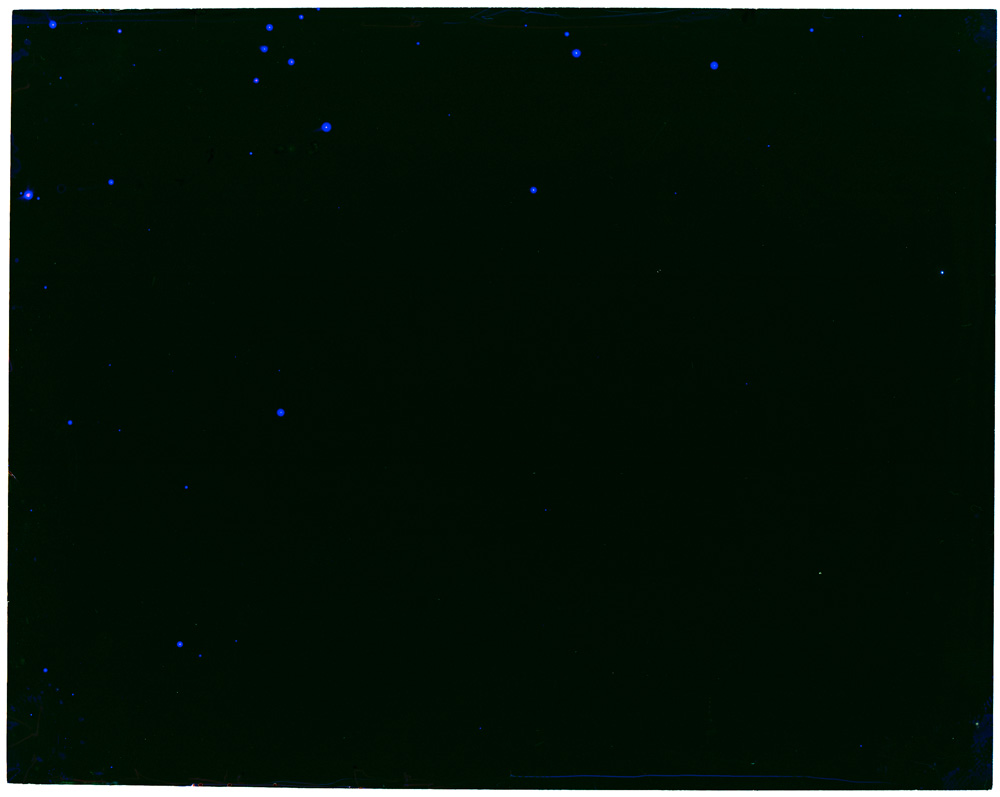
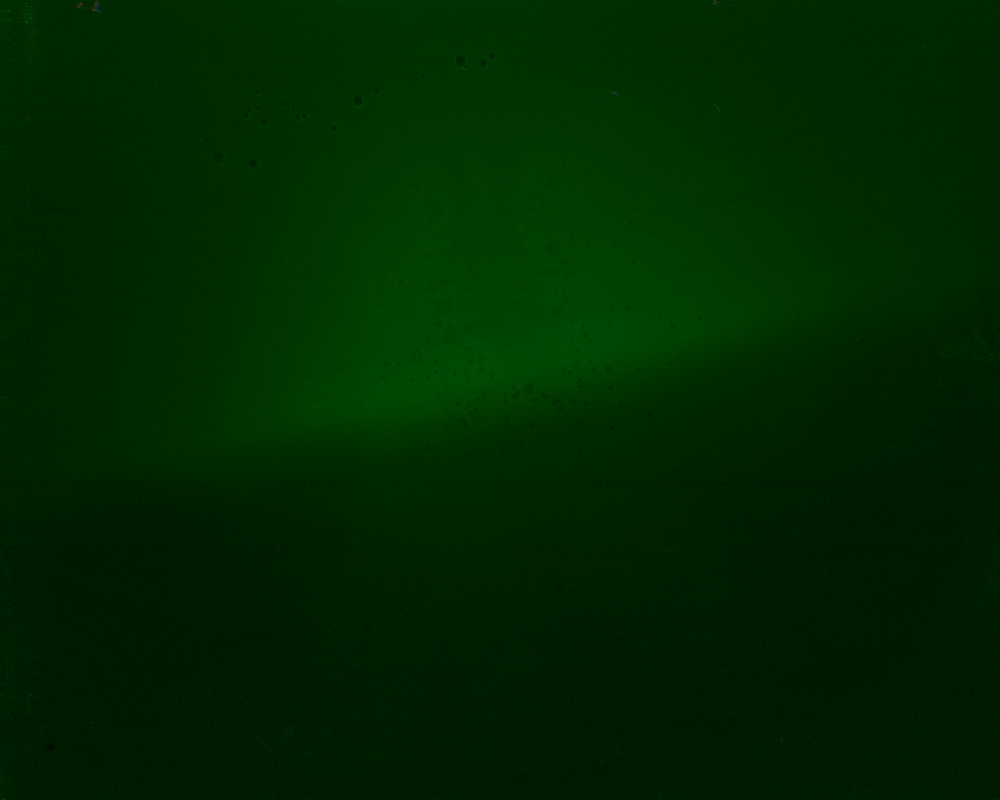
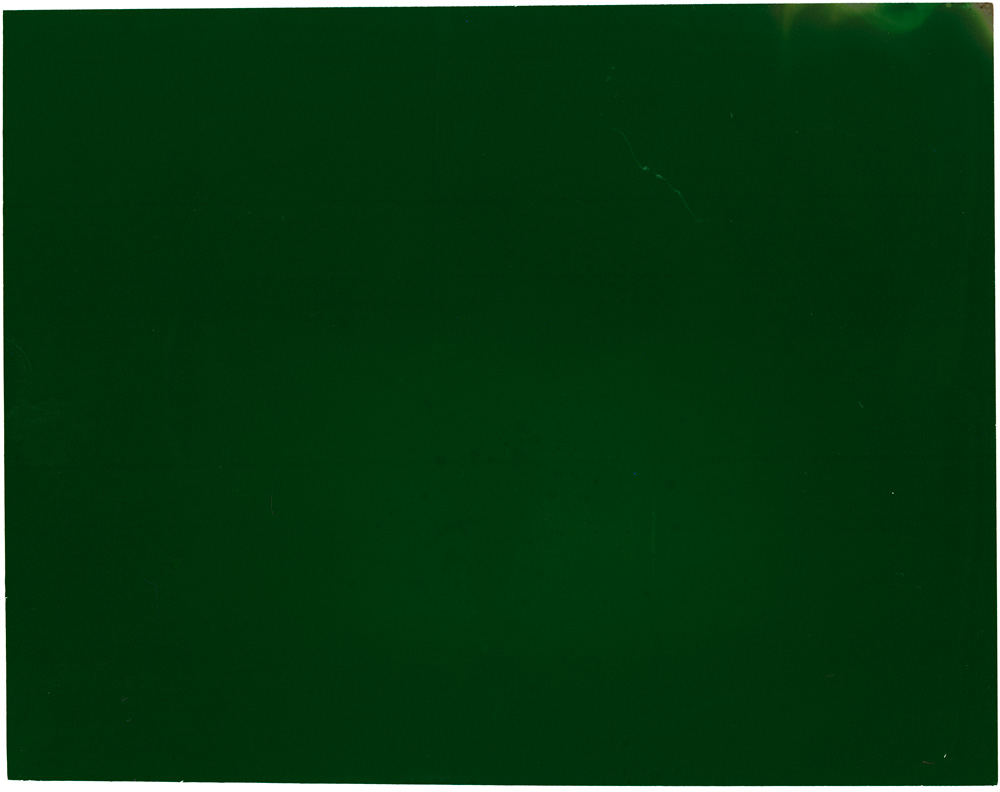
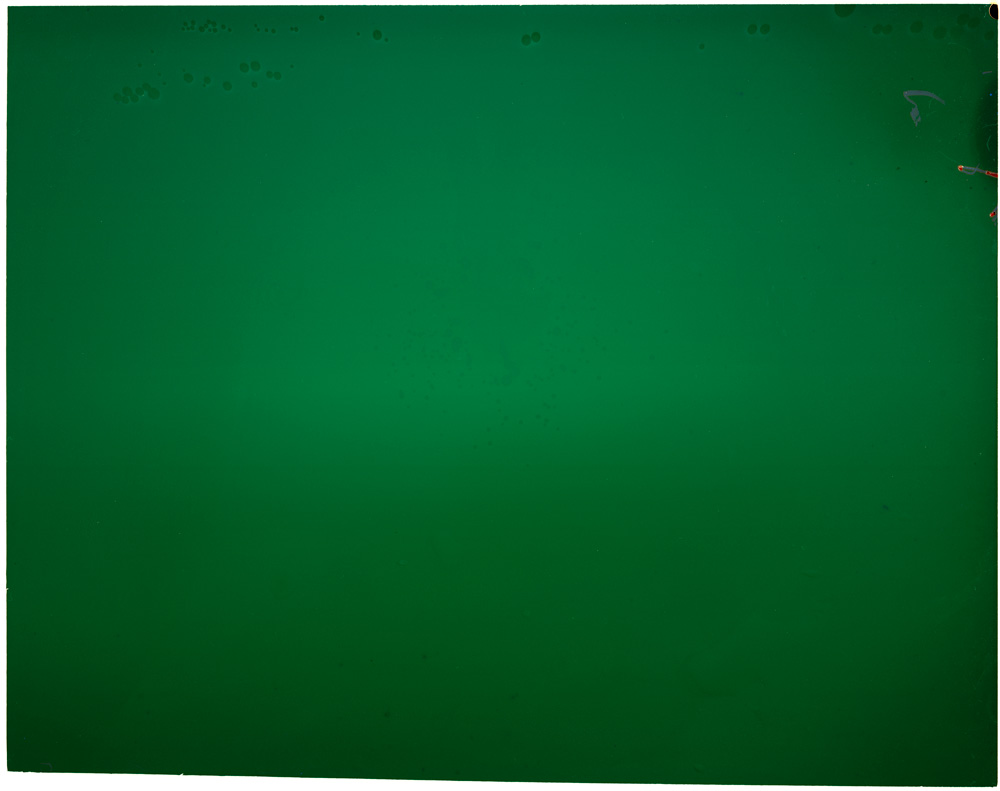
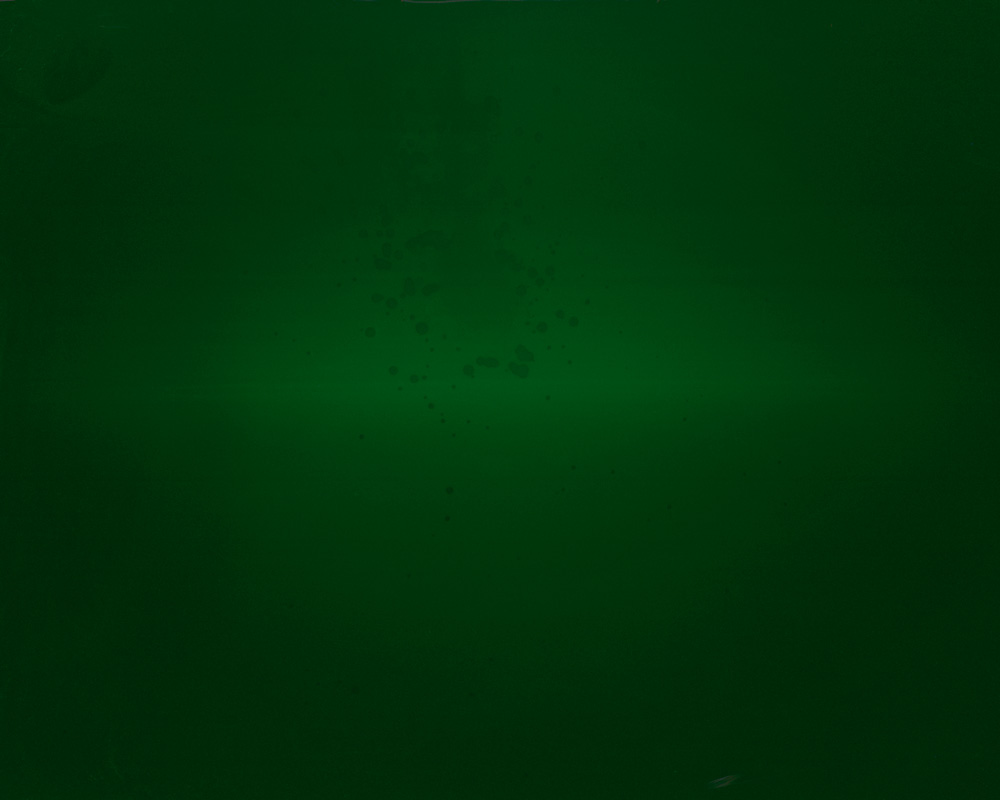
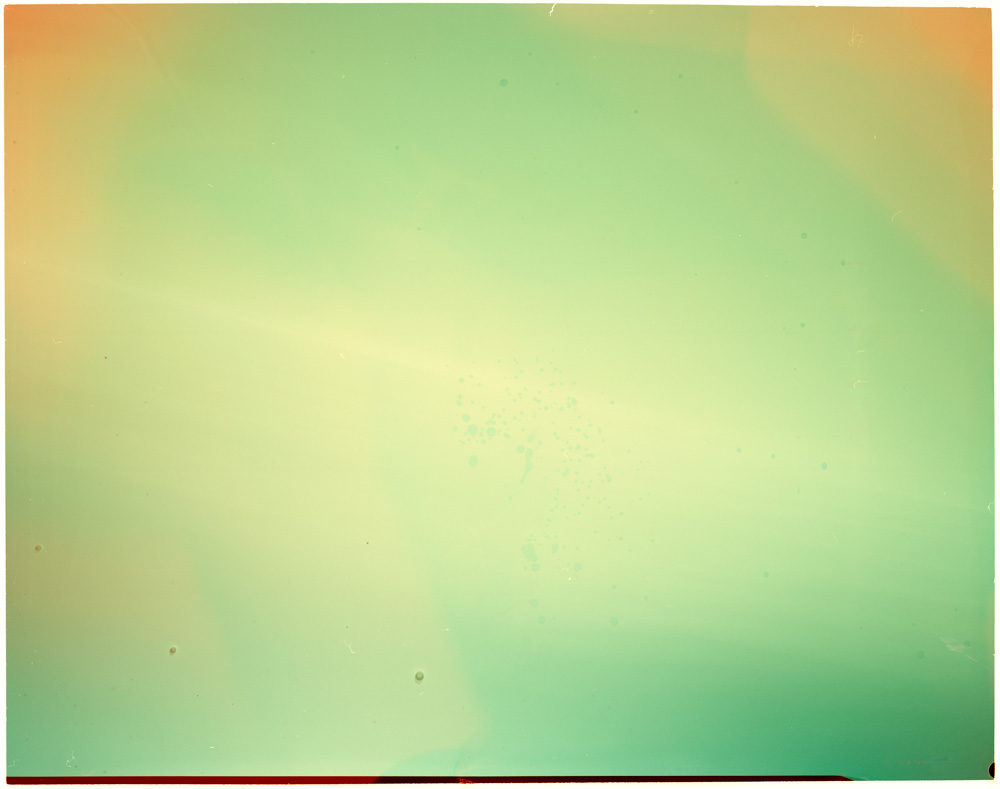
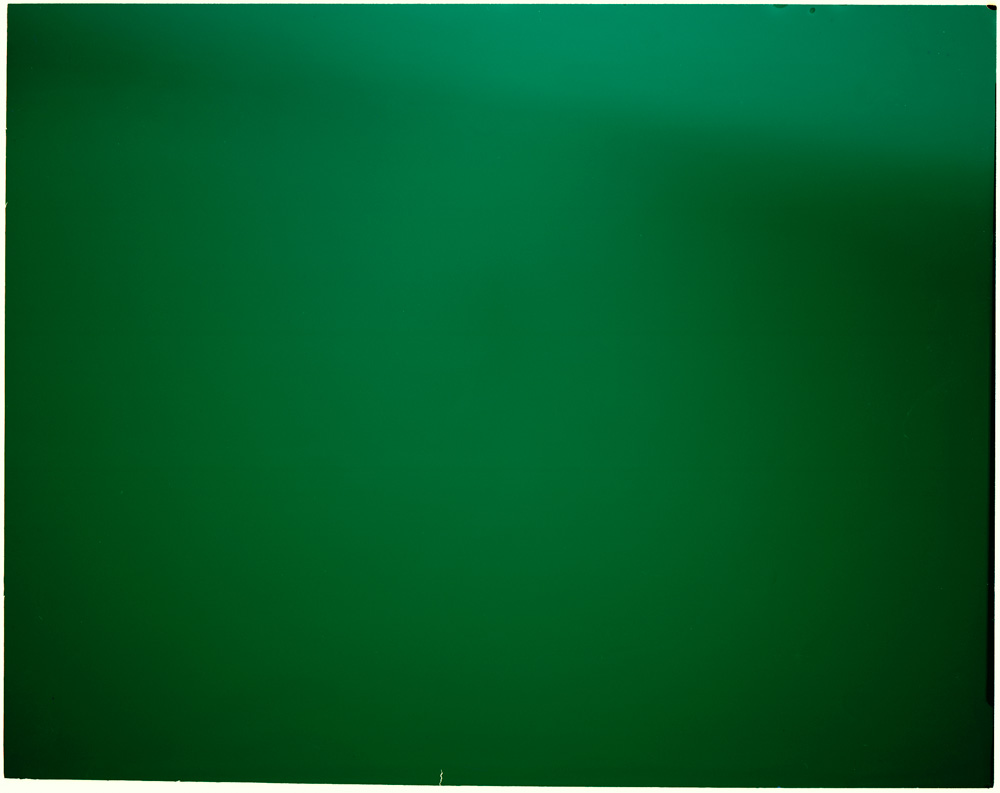
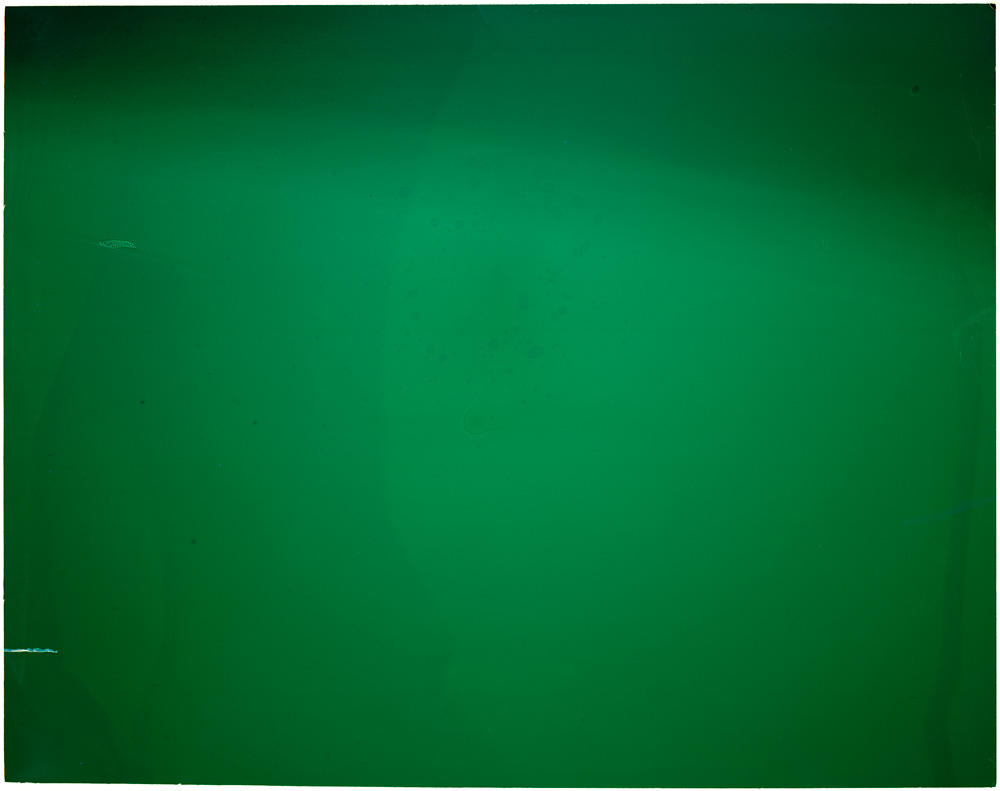
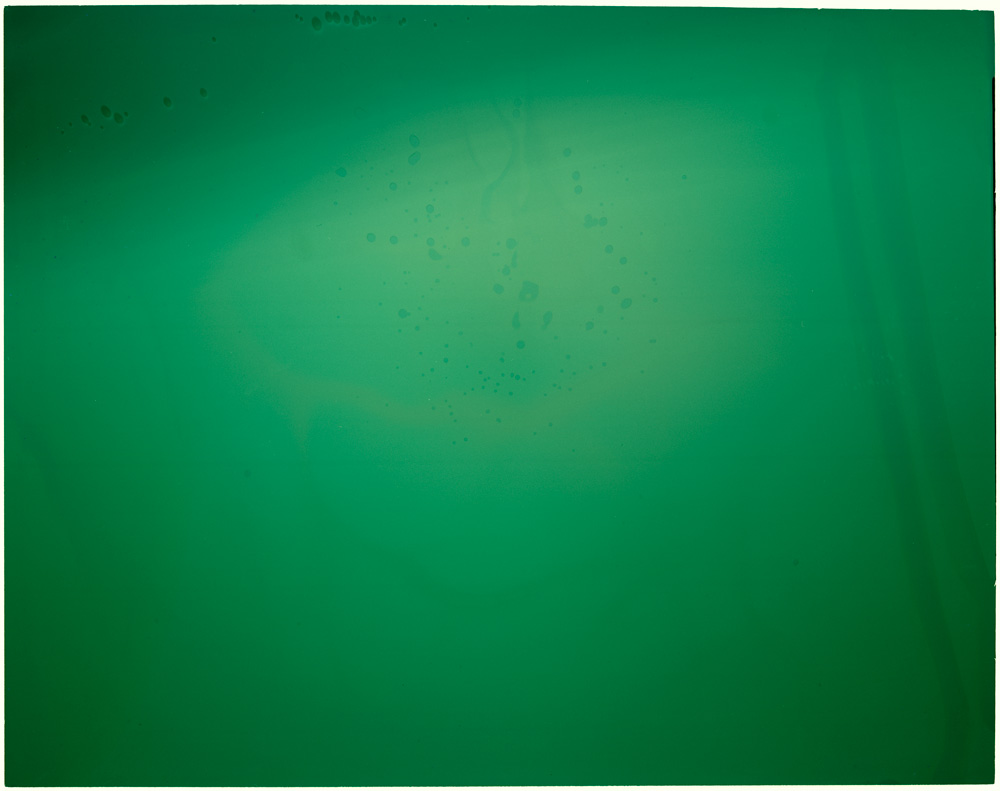
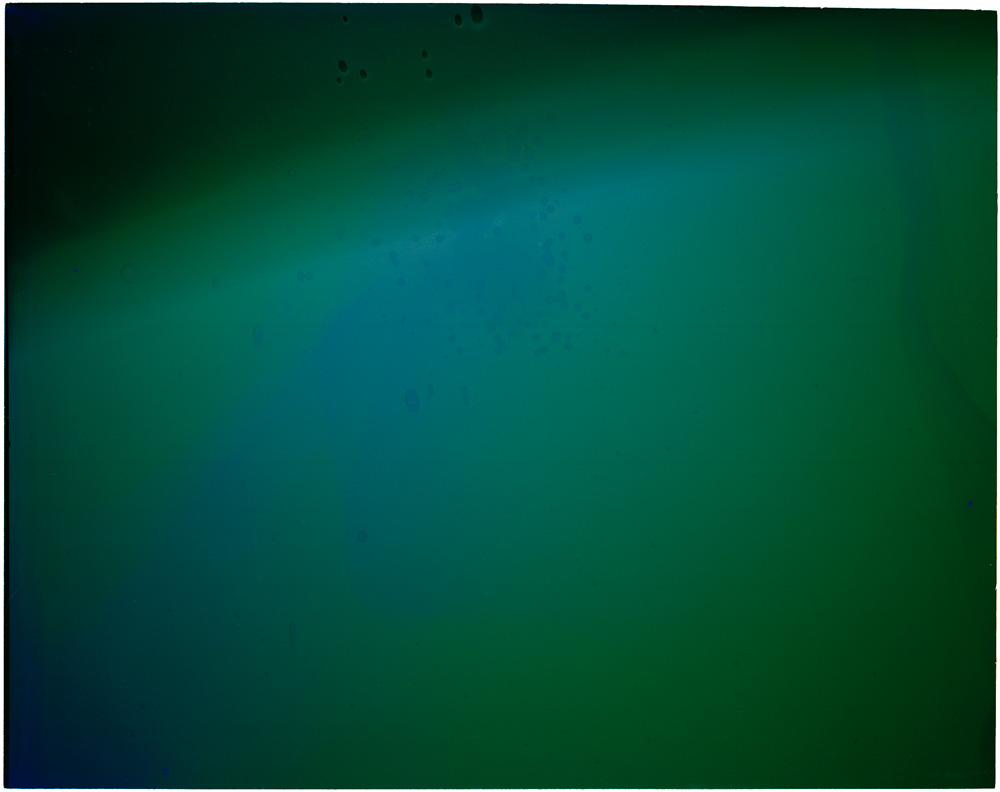
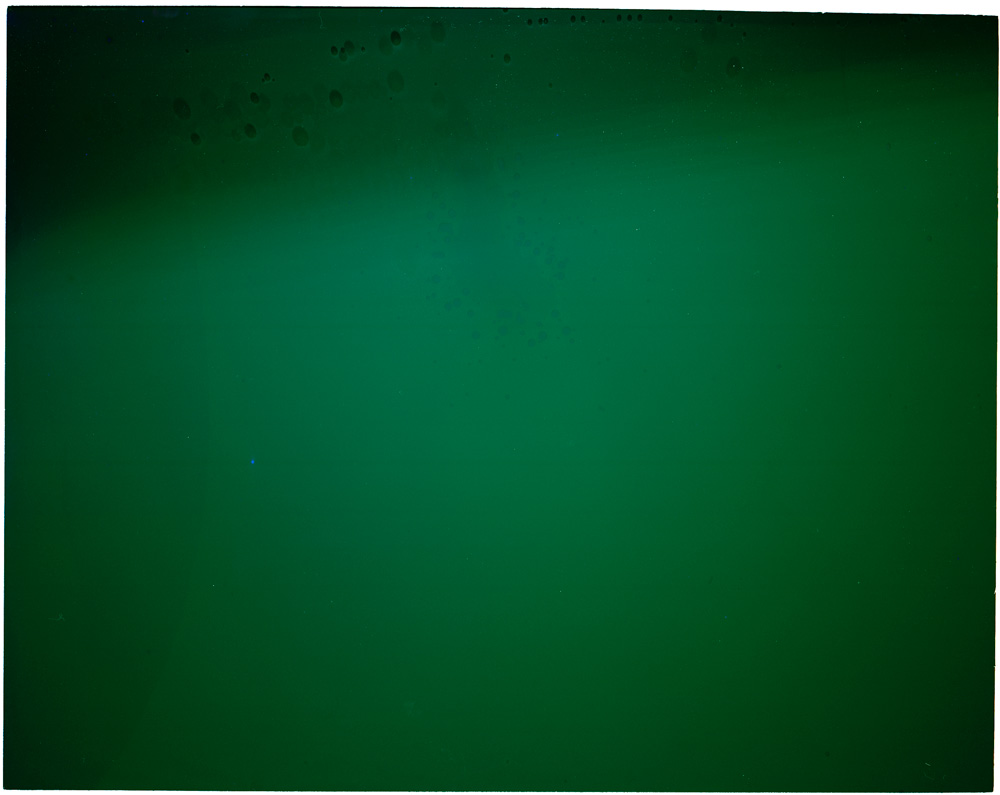
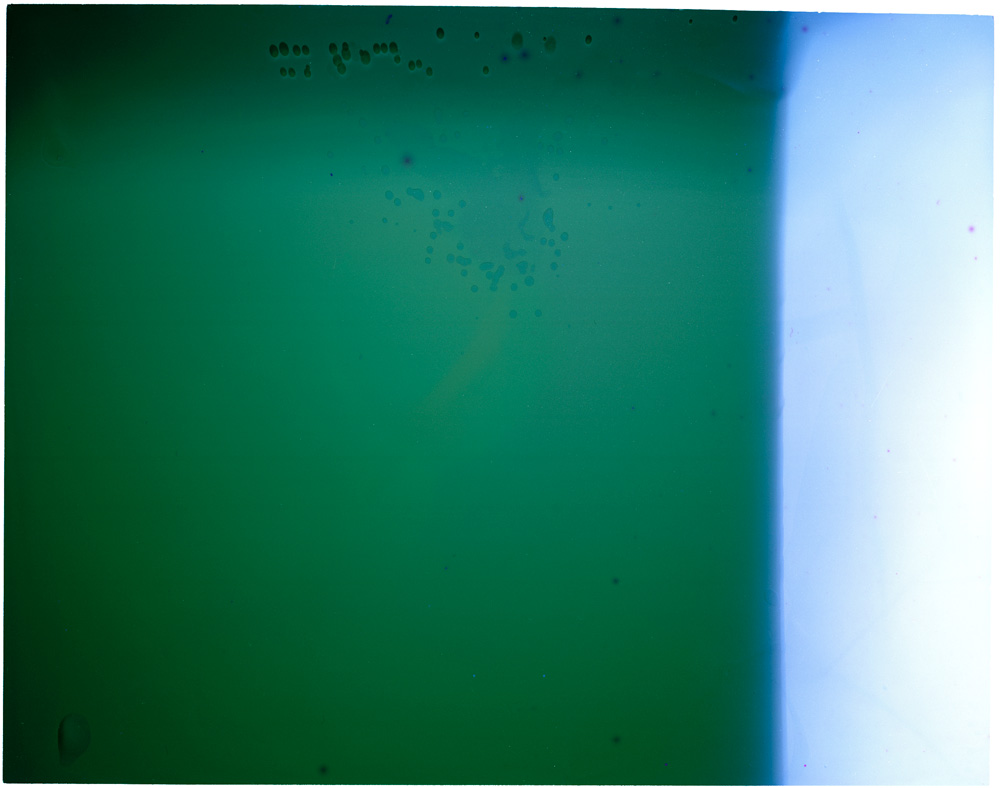
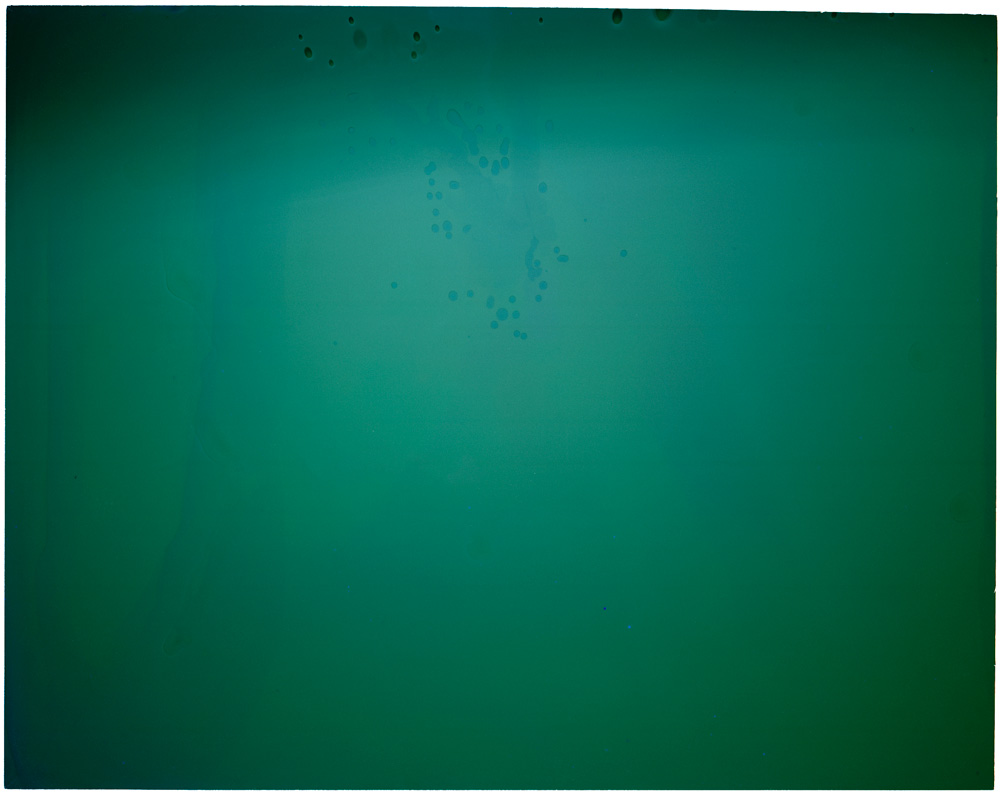
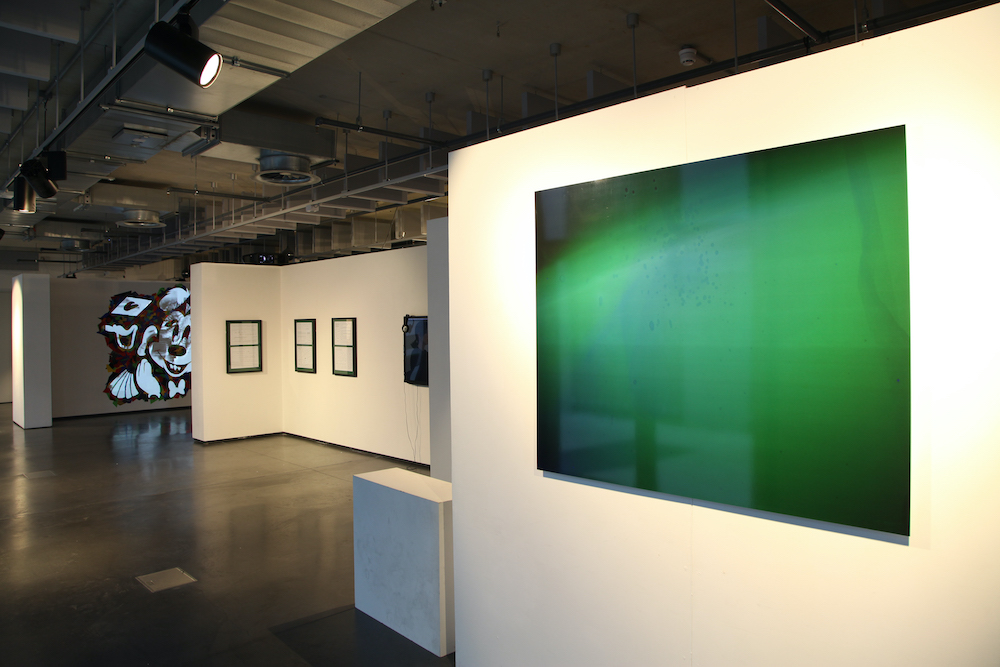
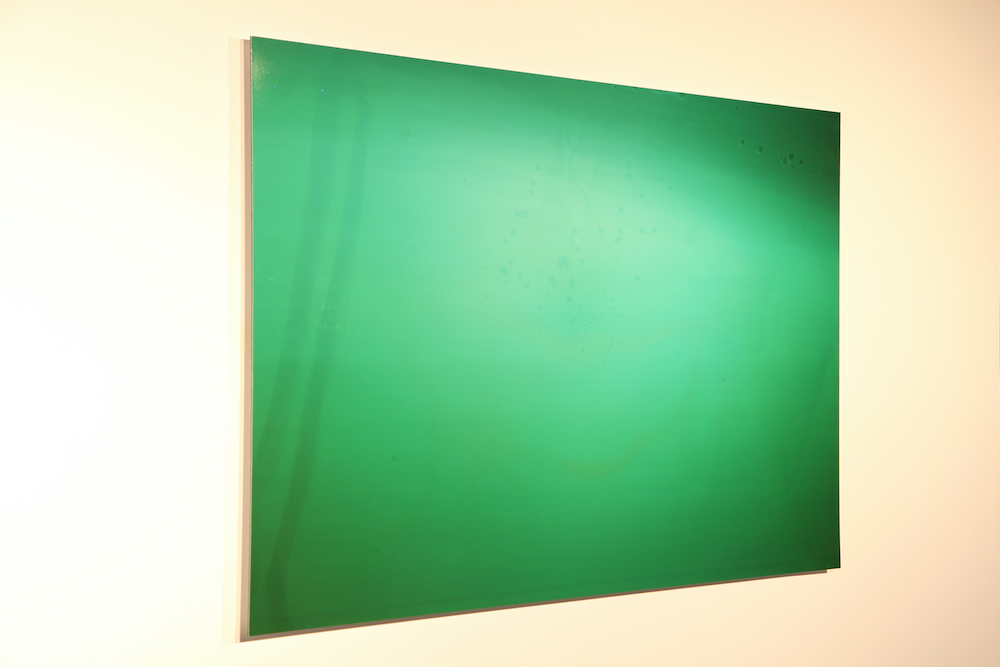
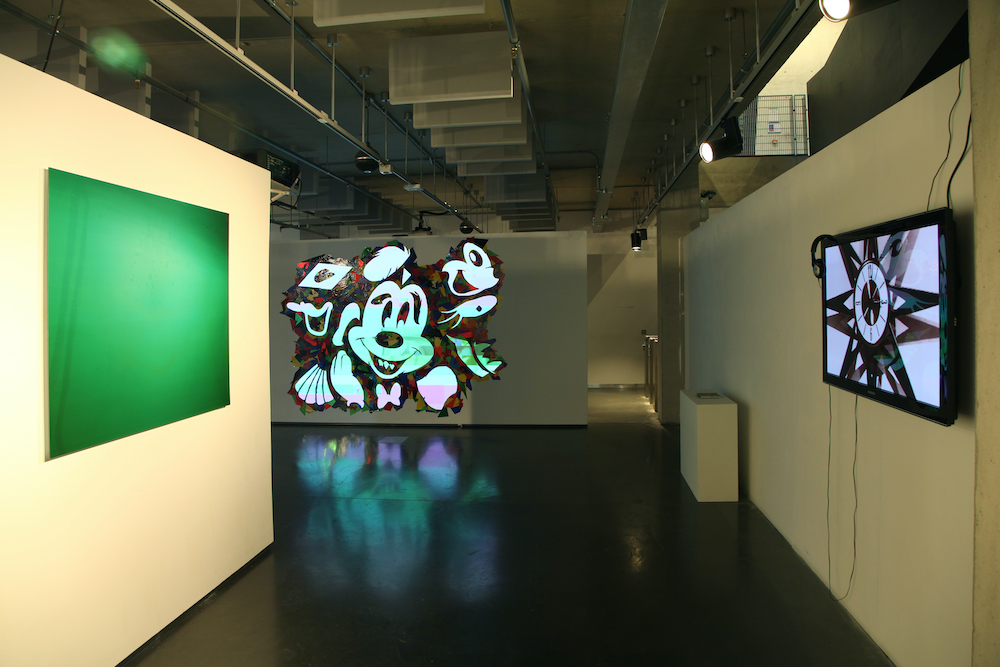
Installation shots of Instances of Drift in Granular - the material properties of noise at University of Greenwich Gallery, curated by David Waterworth 2018.